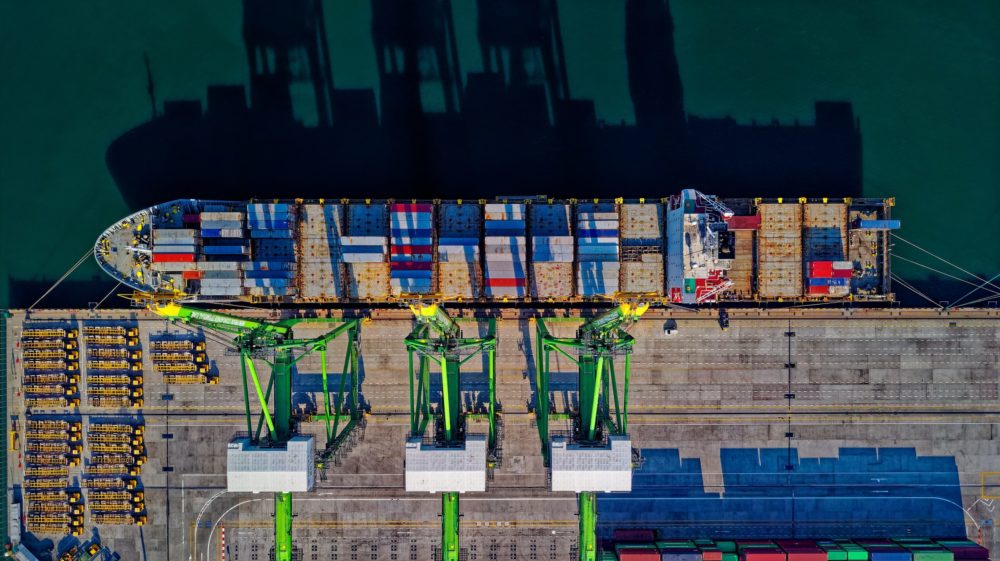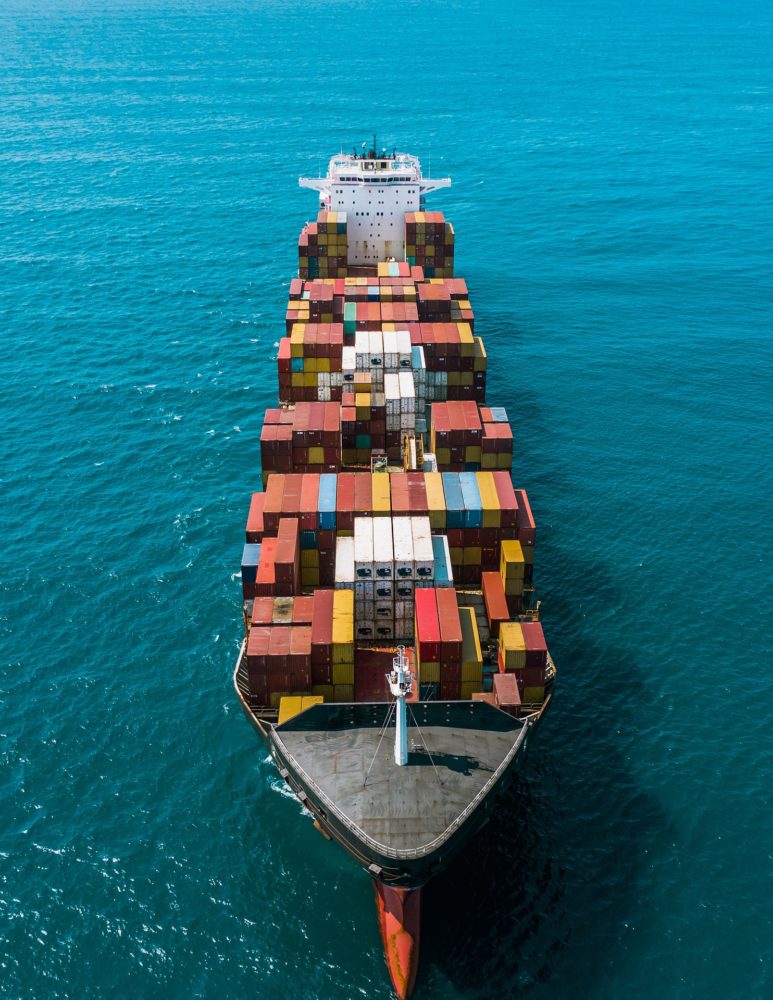As the world’s largest consumer market, the US also has one of the largest logistics and transportation industries in the world. In 2019, the logistics and transportation industry was valued at nearly $2 trillion, up from $1.6 trillion in the previous year. With online shopping and the capability to deliver anything to customers' doors, this sector is growing at a rapid pace.
E-commerce is helping drive this industry as well. More than ever, people are buying things from other parts of the US or from other countries. The United States is the top shipping destination for China, Hong Kong, Japan, South Korea, Germany, and the United Kingdom; it is the second most frequented shipping destination for Qatar. For just domestic freight alone (cargo being shipped within the US), there was 10.6 million freight tons shipped in 2018. In 2000, e-commerce accounted for 1.3% of retail sales. This number has grown to 14.2% in 2019, and is still growing.
The US is one of the busiest countries in the world for air cargo with more than 25.4 billion lbs of freight handled in 2019 alone. The airports with the most air cargo throughput are Memphis, TN, Anchorage, AK, and Louisville, KY. For large cargo (500,000 tons or more), those top cities are Philadelphia, PA, Cincinnati, OH, and Houston, TX, for air cargo traffic. For medium cargo (100,000-499,999 tons) it is Rockford, IL, Sacramento, CA, and Tampa, FL that topped the list. Small cargo (99,999 tons or less) is most frequented in New Haven, CT, Baton Rouge, LA, and Blountville, TN.
In 2017, the US imported 167,200,155 tons of freight via sea vessel, while it exported 121,840,734. The greater New York City/Newark, NJ area is a major port, as well as Long Beach, which is a part of the greater Los Angeles metropolitan area. Furthermore, the Gulf Coast has a number of major shipping ports, with three in Louisiana and two in Texas.
The United States has a vast highway system that connects all of its major cities from coast to coast and spans nearly 47,000 miles. The highway system is designed to connect every city with a population of at least 100,000 people. In 2019, the trucking industry hauled 11.84 billion tons or 72.5% of all freight in the United States. The trucking industry was a $791.7 billion industry in that same year, representing 80.4% of the nation’s freight bill.
The US freight rail network is widely considered the largest in the world, with a total of 140,000 miles of rail. The nearly $80-billion freight rail industry provides more than 167,000 jobs across the US. Railway transportation has benefits that other modes of transportation do not, such as less congestion and fatalities, less fuel consumption and greenhouse gases, smaller cost of logistics, and smaller infrastructure maintenance costs.
Additionally, the logistics and transportation sector has also been heavily impacted by the Covid-19 pandemic. Logistics companies struggled to keep medical supplies and other basic goods moving smoothly, with some passenger planes being converted into freight-only aircraft in an attempt to alleviate these difficulties. This can be attributed to the rising demand for medical supplies as well as the sudden drop in imports from areas such as China and Europe.
Companies have tried to combat the pandemic in the immediate term by preserving cash, creating safe workspaces, adjusting the size of the workforce to meet current demand, and providing humanitarian aid. Mid to long term goals that the industry seeks to achieve in order to allay the complications caused by Covid include enhancing distribution capabilities and embracing new technology solutions to drive automation.
However, in spite of the Covid-19 related challenges that the sector has faced, it has also proven to be a time of opportunity as the players in the logistics and transportation sector found themselves having to be more innovative to accommodate the changes, such as through the increased use of robotics and contactless operations, a trend that will surely continue well into the future.



